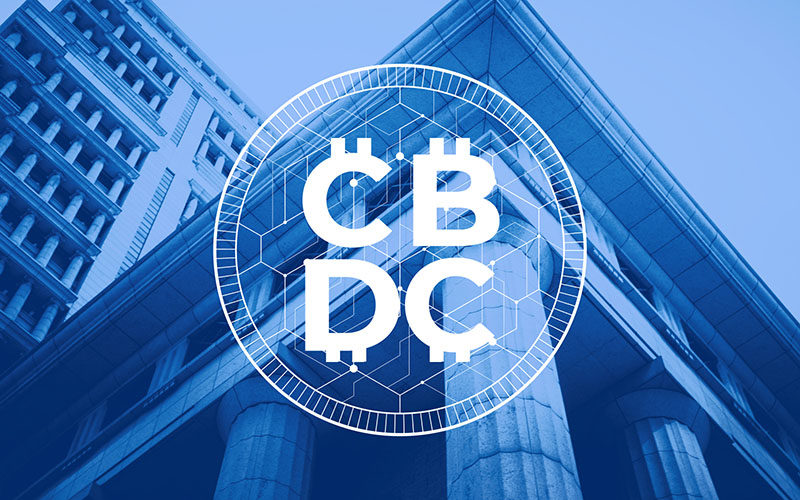 CBDC stands for Central Bank Digital Currency, which is a digital version of fiat currency issued and backed by a central bank. CBDCs are a relatively new concept that has gained traction in recent years, particularly after the rapid growth of cryptocurrencies like Bitcoin. CBDCs are different from cryptocurrencies as they are issued and backed by a central bank, and their value is tied to the value of the underlying fiat currency.
CBDC stands for Central Bank Digital Currency, which is a digital version of fiat currency issued and backed by a central bank. CBDCs are a relatively new concept that has gained traction in recent years, particularly after the rapid growth of cryptocurrencies like Bitcoin. CBDCs are different from cryptocurrencies as they are issued and backed by a central bank, and their value is tied to the value of the underlying fiat currency.
CBDCs can be either retail or wholesale. Retail CBDCs are designed for use by the general public, while wholesale CBDCs are designed for use by financial institutions and central banks.
Some countries, such as China, have already started testing and implementing CBDCs, while others are still in the planning stages. The motivations behind the development of CBDCs vary from country to country, but they generally include improving the efficiency, security, and inclusivity of the financial system.
CBDCs have the potential to transform the financial landscape by reducing the need for intermediaries, increasing financial inclusion, and improving the speed and security of transactions. However, there are also significant risks and challenges associated with the introduction of CBDCs, including privacy concerns, cybersecurity risks, and potential destabilization of the banking system.
Here are some advantages and disadvantages of CBDC:
Advantages of CBDC:
- Increased efficiency and speed of transactions: CBDCs can improve the efficiency and speed of financial transactions, as they can be executed instantly and without intermediaries.
- Lower transaction costs: Digital currencies can reduce transaction costs, especially for cross-border transactions, as they eliminate the need for intermediaries and reduce currency exchange fees.
- Increased financial inclusion: CBDCs can increase financial inclusion by providing access to financial services to people who don’t have a bank account or live in areas where traditional banking is not available.
- Enhanced security and transparency: CBDCs can improve the security and transparency of financial transactions, as they can be tracked and monitored by the central bank, which can reduce fraud and money laundering.
Disadvantages of CBDC:
- Privacy concerns: CBDCs can raise privacy concerns as they can allow the central bank to monitor and track every financial transaction, which may violate the privacy of individuals.
- Risk of cyber attacks: CBDCs are vulnerable to cyber attacks, and any breach can lead to significant financial losses and undermine public trust in the system.
- Potential for financial instability: The introduction of CBDCs can potentially destabilize the banking system, as it can lead to a shift of deposits from commercial banks to the central bank, reducing the ability of banks to lend and creating liquidity issues.
- Implementation challenges: The implementation of CBDCs is a complex process that requires significant investment in technology and infrastructure, and may face resistance from traditional financial institutions.
Overall, CBDCs have the potential to bring significant benefits to the financial system, but their implementation should be carefully planned and managed to mitigate the risks and challenges.
In conclusion, CBDCs are a complex and evolving concept that has the potential to bring significant benefits to the financial system. However, their implementation should be carefully planned and managed to ensure that the risks and challenges are properly addressed.








CBDCs have the potential